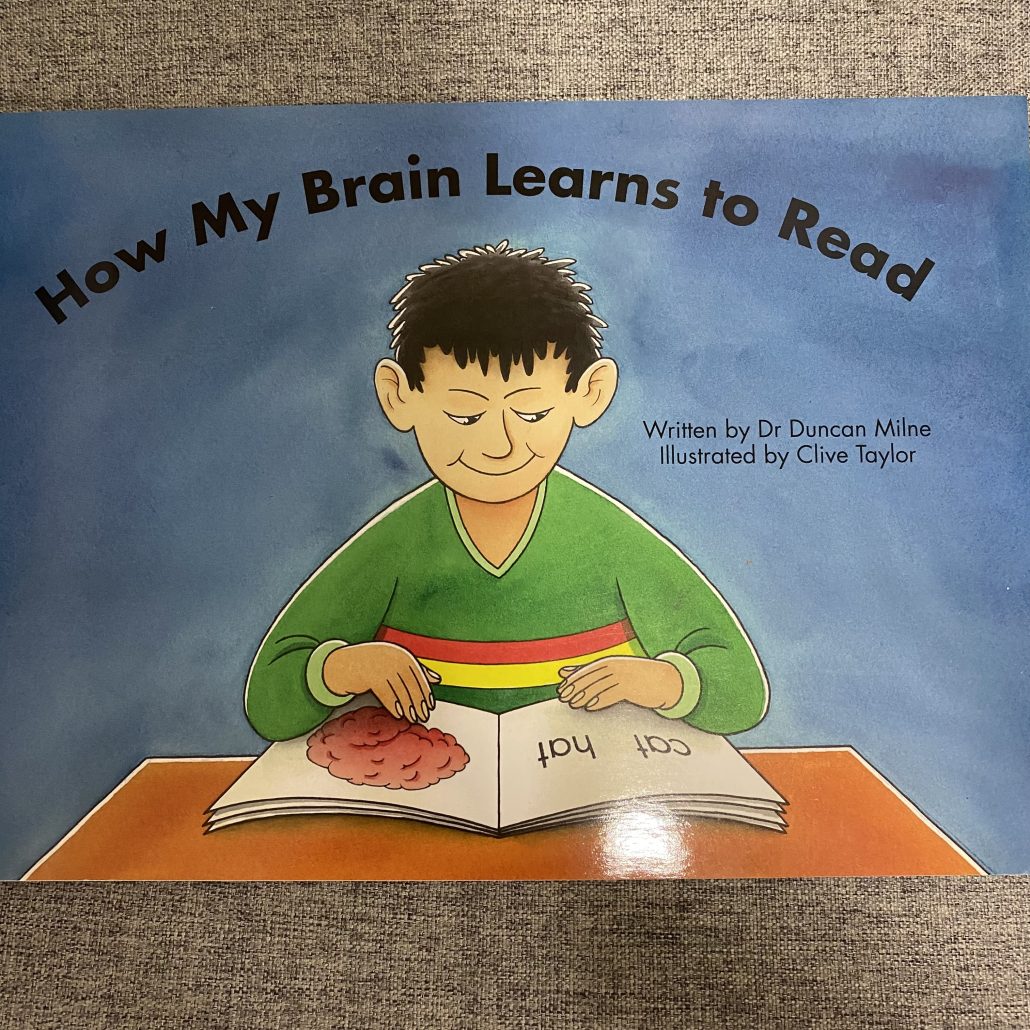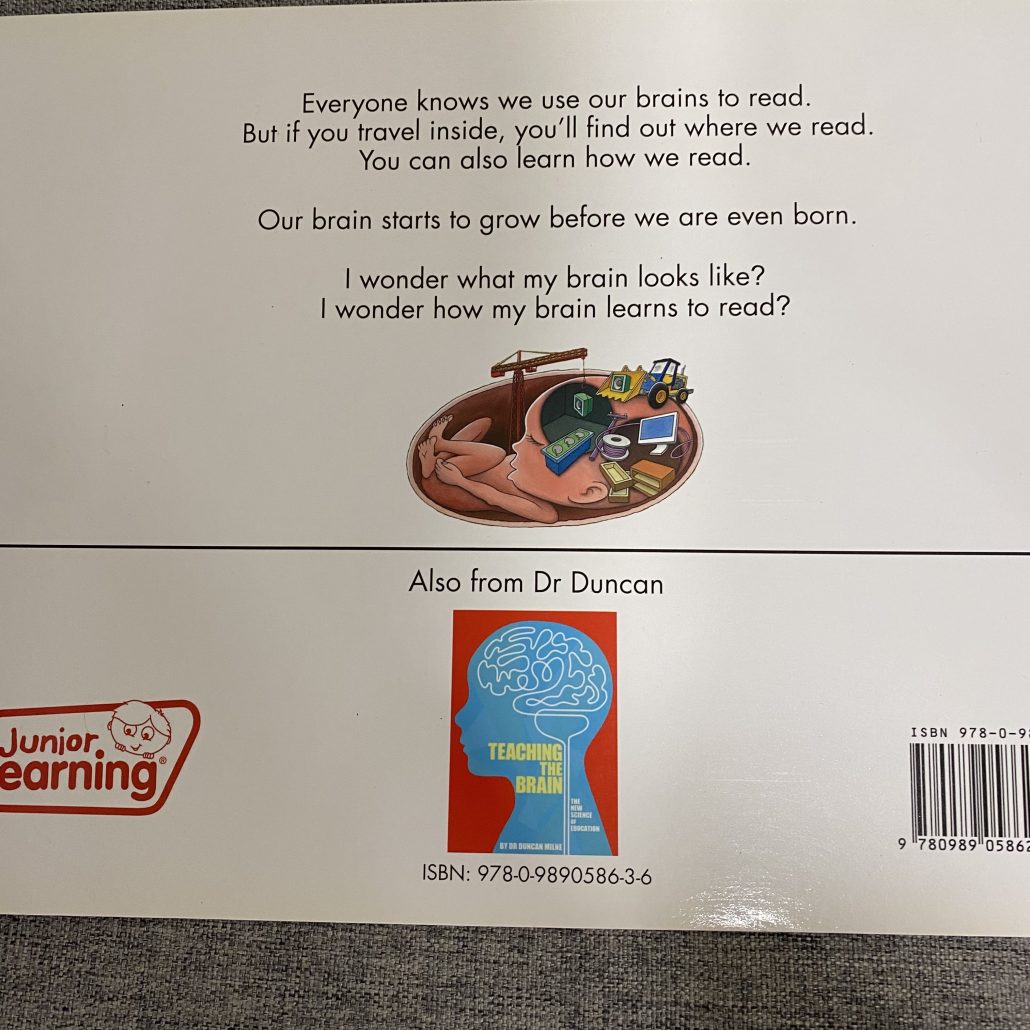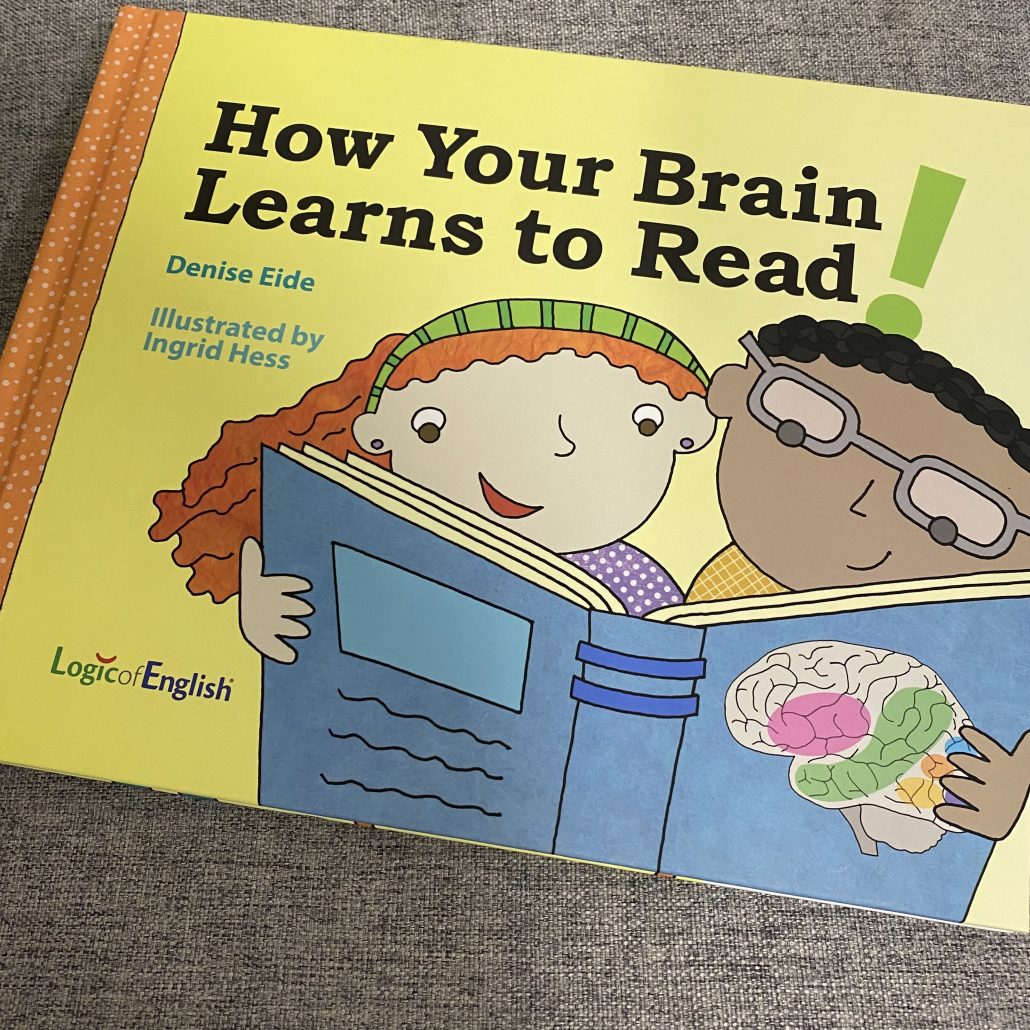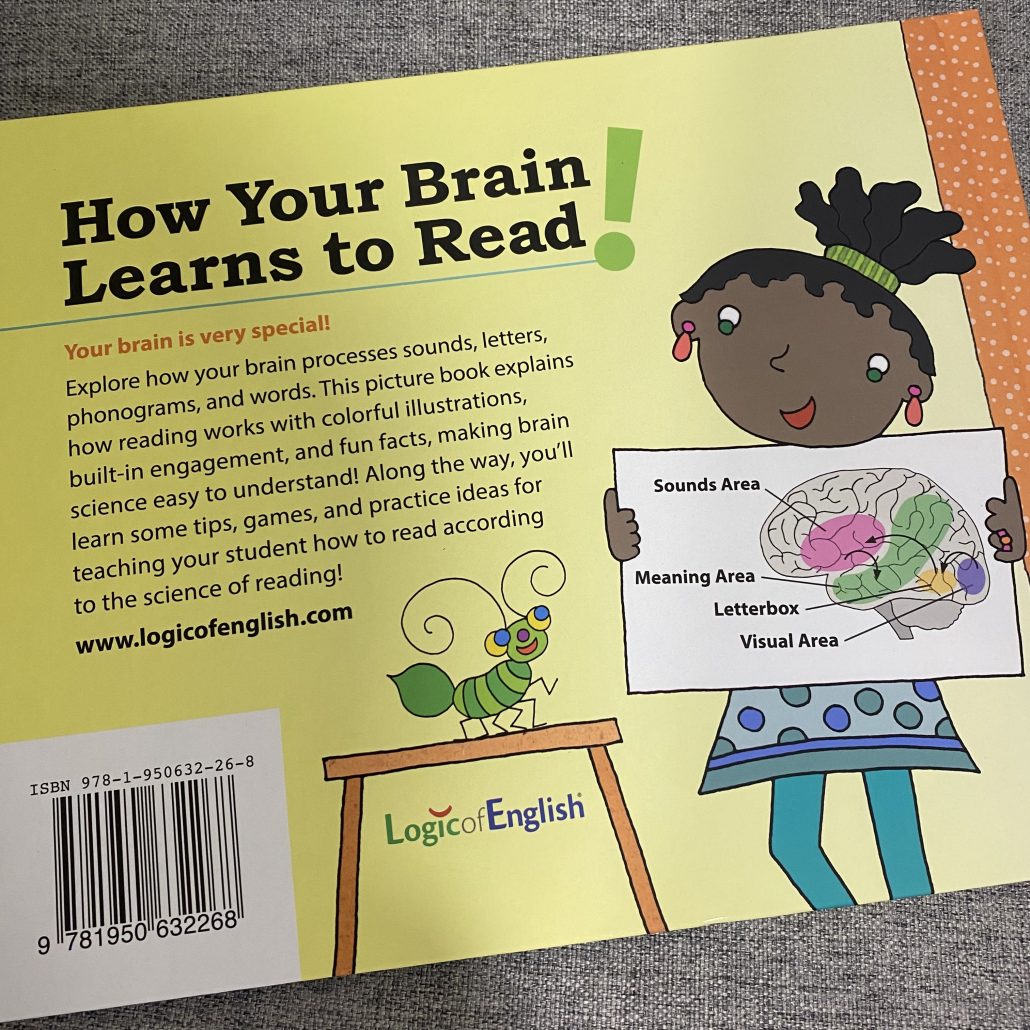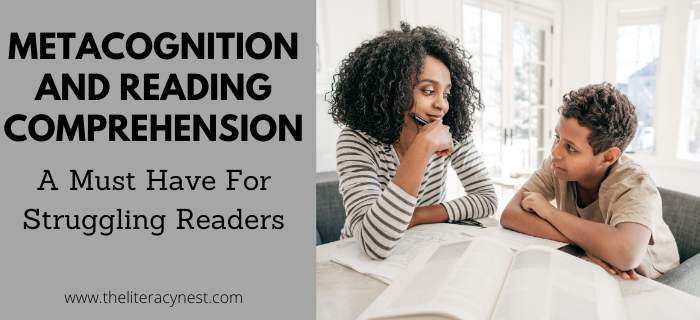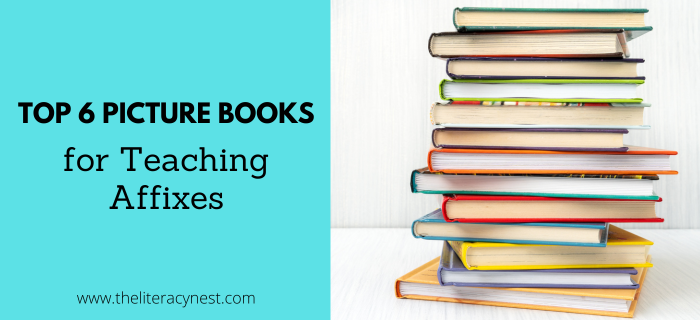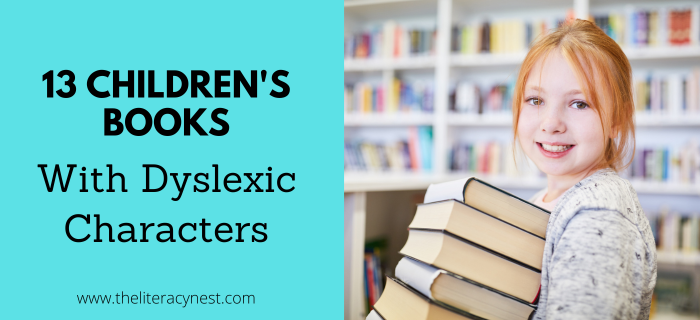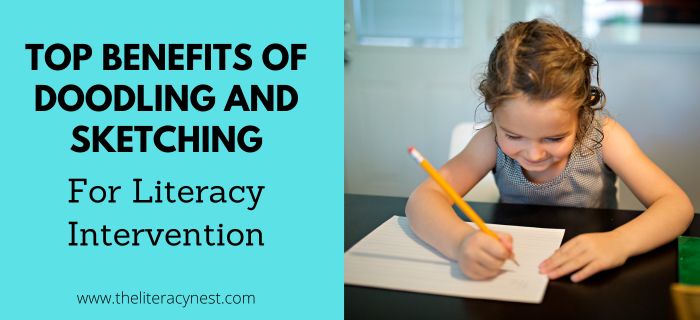Children’s Books to Explain the Science of Reading
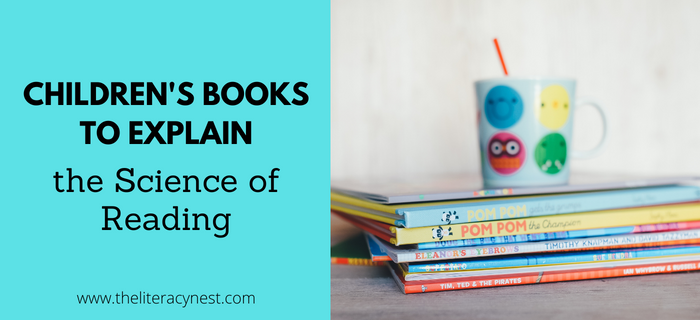
I love to talk about children’s books. The two children’s books I’m going to share with you in this post are written to teach children about the Science of Reading (SOR).
We know children are so curious and always have lots of questions. What better way to explain how their brain is working when they’re learning how to read than with a children’s book? These children’s books will open up discussion, offer visuals, and help answer questions in kid-friendly language.
For more ways you can introduce and explain the brain to your students, check out the Together in Literacy podcast, season 1, episode 3: Connecting Metacognition to Your Literacy Lessons.
Here are 3 Great Children’s Books to Help You Explain the Science of Reading to Your Students:
Download a printable version of this book list of Children’s Books to Explain SOR!
1. How My Brain Learns to Read by Dr. Duncan Milne
How My Brain Learns to Read by Dr. Duncan Milne is best for younger children, those in kindergarten and 1st grade. It is a very short story that uses simple language. It offers children a little bit of an idea of what happens in their brains when they are reading. There is not a lot of text on each page, but the visuals are really very well done. On each page, you’ll find a nice big visual at the top with some text at the bottom.
This book covers what happens when kids come to a word they don’t know and it has a really nice way of explaining that to children.
2. How Your Brain Learns to Read by Denise Eide
How Your Brain Learns to Read by Denise Eide spans a wider range of grades. It’s great for 1st grade and up. Denise Eide also wrote The Logic of English. If you’re familiar with that book, you know that it’s a great reference book for you to give some great explanations about the writing language.
In this book, children will explore how their brains process sounds, letters, phonograms, and words. It explains how reading works with colorful illustrations.
I was most impressed with the layout of this book. There’s text you can read as part of a read-aloud, wonderful illustrations, and then side-bars with brain facts that really explain what is happening in the brain when we read! These facts are in-depth and can even be helpful for adults. You’ll even find suggestions for little games and activities that you can do with your child or your class!
This book offers a much more in-depth explanation of the Science of Reading for children. Even adults will benefit from reading this fabulous picture book!
3. Calling All Neurons!: How Reading and Spelling Happen by Lori C. Josephson
If your child is struggling to read or you’re just looking for ways to support their literacy journey, this book is a must-have resource. It breaks down how the brain learns to read and spell using the Science of Reading, all in easy-to-understand language. Whether you’re a parent or a teacher, this book can help reduce school-related stress, boost reading motivation, and give you the tools to support the learners in your life better. It’s perfect for anyone navigating dyslexia or reading challenges!
Looking for even more resources to help teach about the brain? Read Top Resources for Teaching Kids About the Brain!
If you’re looking to build a Science of Reading display in your library or classroom, or if you want to explain the Science of Reading to your own children at home, these are two great books that I recommend picking up.
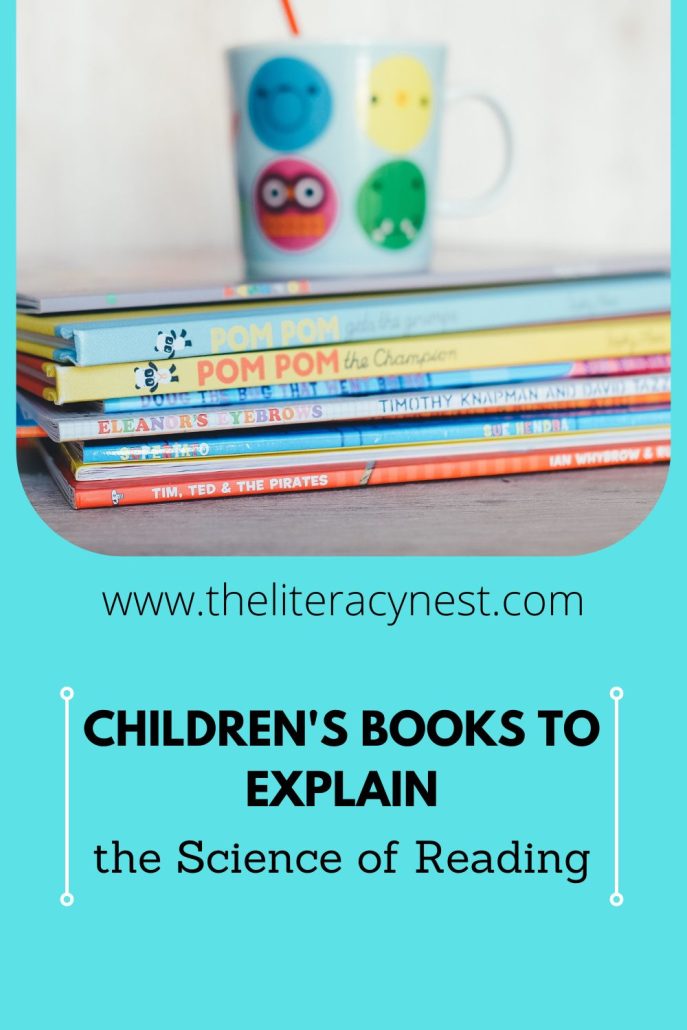
Are you looking for professional development that will help you become a more effective structured literacy educator? The Literacy Nest has a membership for that…
Building Readers for Life Academy is a monthly membership program that empowers educators AND families by diving into structured literacy and strategies for ALL learners. With BRFL Academy, you’ll learn what it takes to help EVERY student become a reader for life.

